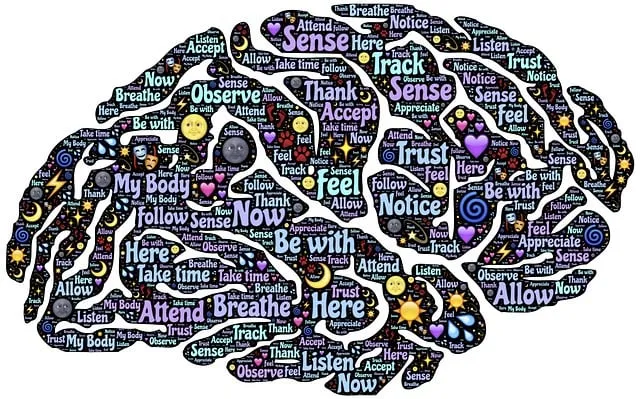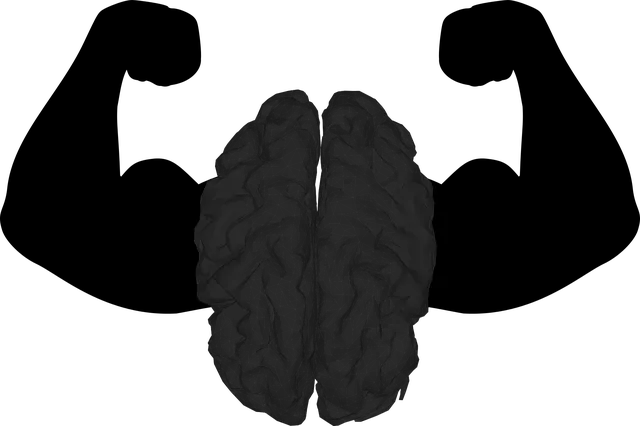Evaluating the impact of mental wellness programs at the Westminster Kaiser Permanente Mental Health Access Center is crucial for their success and sustainability. They leverage quantitative methods like pre-post surveys to track improvements in well-being, attendance data for retention insights, and standardized stress scales for tangible evidence of positive outcomes. This comprehensive approach, combining surveys, interviews, and statistical analysis, guides program refinement, ensures resource efficiency, and proves the center's effectiveness in enhancing mental health support. Demographic trends also offer valuable insights into inclusivity and accessibility, enabling tailored interventions to meet diverse community needs.
Mental wellness programs require robust evaluation methods to ensure effectiveness and adaptability. This comprehensive guide explores various strategies, from quantitative data collection techniques—such as surveys and statistical analysis (as seen in Westminster Kaiser Permanente mental health access center initiatives)—to qualitative insights gained through focus groups and client interviews. We delve into stakeholder engagement, emphasizing collaborative frameworks, and highlight the importance of continuous improvement through iterative evaluation processes. By integrating these methods, programs can optimize their impact and better serve their communities.
- Assessing the Impact: Quantitative Methods for Program Evaluation
- – Overview of quantitative research in mental health programs
- – Data collection techniques: surveys, interviews, and statistical analysis
- – Measuring outcomes and changes in client demographics
Assessing the Impact: Quantitative Methods for Program Evaluation

Evaluating the impact of mental wellness programs is a critical aspect of ensuring their effectiveness and longevity. Quantitative methods offer a structured approach to assess changes in participant well-being, which can be particularly valuable for organizations like the Westminster Kaiser Permanente Mental Health Access Center. By employing these techniques, the center can gain insights into the program’s success and identify areas that require improvement.
One common quantitative method is survey distribution before and after program participation. This approach allows researchers to measure changes in mental health outcomes, such as reduced symptoms of anxiety or depression, improved coping mechanisms, or enhanced overall life satisfaction. Additionally, analyzing data related to attendance rates, drop-out rates, and the duration of engagement can provide further understanding of participant retention and the program’s appeal, especially when considering services like Burnout Prevention and Trauma Support that cater to specific needs. Stress Reduction Methods, for instance, might see improvements in participants’ stress levels as measured by standardized scales, offering tangible evidence of the program’s positive impact on their lives.
– Overview of quantitative research in mental health programs

Quantitative research plays a pivotal role in evaluating mental wellness programs, offering structured and data-driven insights into their effectiveness. This approach is particularly relevant for organizations like Westminster Kaiser Permanente Mental Health Access Center, aiming to improve access to quality care. By utilizing surveys, questionnaires, and statistical analyses, researchers can measure the impact of interventions on various outcomes, such as symptoms of anxiety and depression, stress levels, and overall mental health quality of life.
For instance, evaluating a Resilience Building program within the center might involve administering pre- and post-intervention surveys to assess changes in participants’ resilience and coping mechanisms. Similarly, Stress Management Workshops Organization can gauge the efficacy of their mindfulness meditation sessions through quantitative methods, tracking reductions in stress-related symptoms and improvements in mental wellness markers. These evidence-based evaluation techniques not only help in refining existing programs but also inform future initiatives, ensuring that resources are allocated effectively to support mental health endeavors.
– Data collection techniques: surveys, interviews, and statistical analysis

Evaluating mental wellness programs requires a multifaceted approach to data collection. One such method involves surveys, which are valuable tools for gathering quantitative information about participant experiences and perceptions. These can assess satisfaction levels, program effectiveness, and areas of improvement within the Westminster Kaiser Permanente Mental Health Access Center’s offerings. For instance, post-program surveys can capture feedback on Compassion Cultivation Practices, helping to understand their impact on users’ anxiety relief and overall positive thinking.
Interviews provide a deeper qualitative insight into individuals’ journeys. One-on-one conversations allow participants to share personal stories, highlighting both the benefits and challenges they faced during their mental wellness journey. This technique is crucial for identifying unmet needs and informing program enhancements. Statistical analysis of collected data further enriches the evaluation by revealing trends, correlations, and areas where specific programs or practices excel or require adjustment, ensuring continuous improvement in mental health services.
– Measuring outcomes and changes in client demographics

Evaluating the effectiveness of mental wellness programs is an essential aspect of ensuring client satisfaction and improved health outcomes, especially at centers like the Westminster Kaiser Permanente Mental Health Access Center. One critical metric to measure is the change in client demographics over time. This includes tracking shifts in age groups, gender distributions, and cultural backgrounds. By analyzing these factors, the program can assess its inclusivity and accessibility, identifying any gaps or biases that may exist. For instance, a diverse community outreach program implementation might reveal increased participation from specific ethnic groups, indicating successful cultural sensitivity in mental healthcare practice.
Moreover, assessing changes in client demographics allows for the gauging of overall mental health access and the center’s ability to cater to various populations. If there is a noticeable shift towards younger clients or an increase in those seeking mood management support, it suggests that targeted interventions are making a positive impact. Such insights can then guide future program adjustments, ensuring they remain relevant and beneficial to the diverse needs of the community they serve.
Evaluating mental wellness programs is essential for understanding their effectiveness, much like how the Westminster Kaiser Permanente Mental Health Access Center assesses its initiatives. By employing quantitative methods, including surveys, interviews, and statistical analysis, we can measure significant changes in client demographics and outcomes. This data-driven approach allows us to optimize program strategies, ensure resource allocation, and ultimately improve mental health access and care, aligning with the center’s mission.






